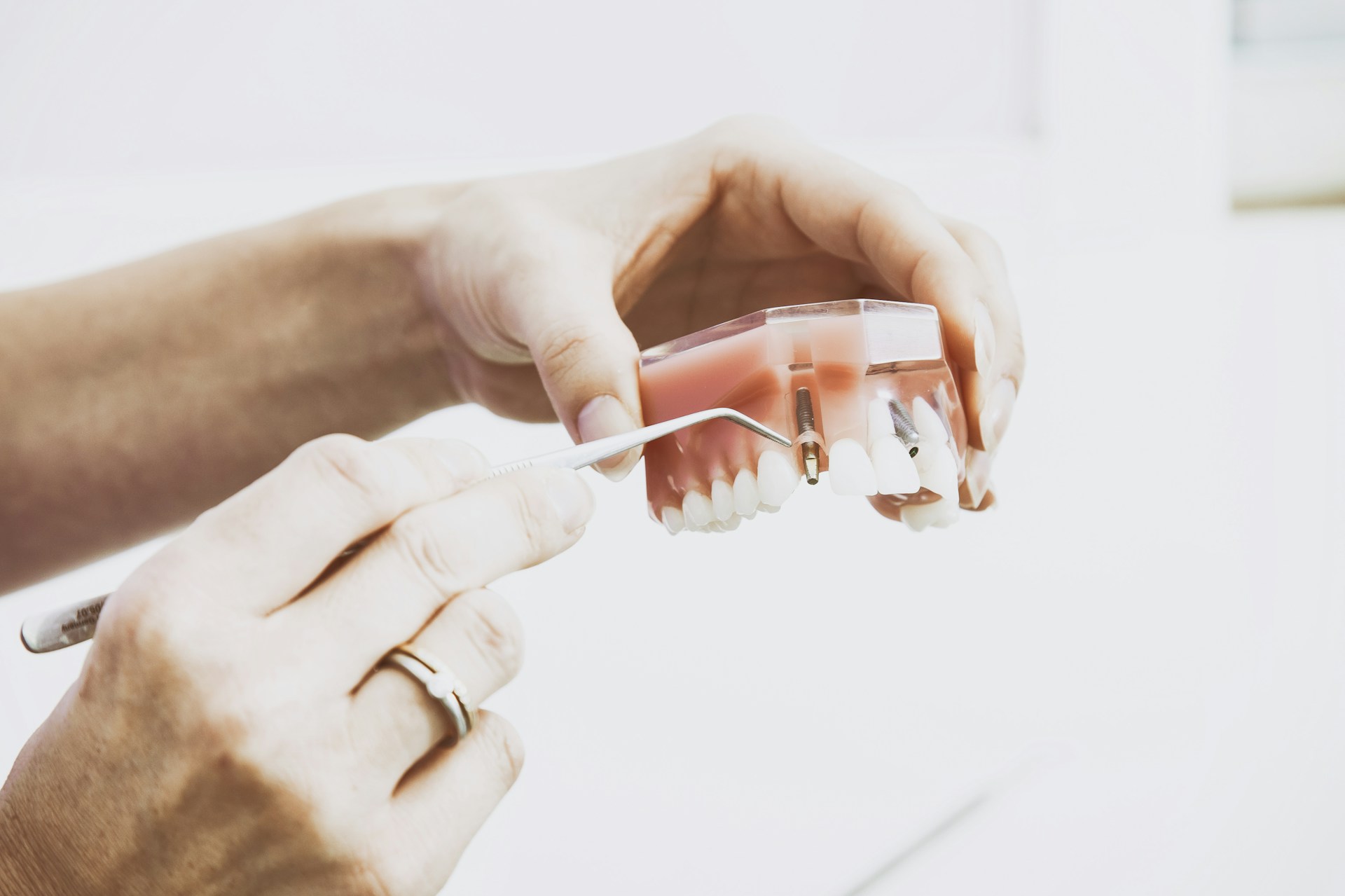SMILE- It costs nothing !!!
Intrinsic vs Extrinsic Teeth Stains Explained
Discover the key differences between intrinsic and extrinsic teeth stains. Learn about their causes, prevention strategies, and effective treatment options to achieve a brighter, healthier smile.
2/10/20252 min read
Extrinsic vs Intrinsic Stains on Teeth
What Are Tooth Stains?
Tooth stains are discolorations that affect the appearance of teeth, making them look yellow, brown, or even gray.
These stains can be broadly classified into two types: extrinsic stains and intrinsic stains.
Understanding the difference between intrinsic tooth stain and extrinsic stains is crucial to choosing the right treatment.
What Are Extrinsic Stains?
Extrinsic stains are surface stains that affect the outer layer of the tooth, known as enamel. These stains occur due to external factors such as:
Coffee, tea, and red wine
Smoking and tobacco use
Dark-colored foods like berries and soy sauce
Poor oral hygiene
Colored sodas and sports drinks
Exposure to chlorhexidine-containing mouthwashes
How to Remove Extrinsic Stains
Since extrinsic stains are on the outer surface of teeth, they can often be removed or minimized with:
Professional teeth cleaning
Dental polishing treatments
Regular brushing and flossing
Avoiding stain-causing foods and drinks
What Are Intrinsic Stains?
Intrinsic stains, also known as intrinsic tooth discoloration, develop within the tooth's structure. These stains occur due to internal factors, including:
Aging (natural wear and thinning of enamel)
Excessive fluoride exposure (fluorosis)
Certain medications (e.g., tetracycline antibiotics)
Trauma or injury to the tooth
Genetic factors affecting tooth color
Developmental conditions affecting enamel formation
How to Treat Intrinsic Teeth Stains
Intrinsic tooth stain treatments require more advanced techniques since they are embedded within the tooth. Some effective options include:
Professional teeth whitening treatments
Dental bonding
Veneers or crowns to cover severe intrinsic stains
Internal bleaching (for non-vital teeth)
Microabrasion techniques for mild cases
Extrinsic vs Intrinsic Stains: Key Differences
Extrinsic stains are located on the outer surface of the enamel and are mainly caused by external substances such as coffee, tea, red wine, and tobacco.
They can usually be removed with professional cleanings, or dental polishing treatments.
Intrinsic stains, on the other hand, develop inside the tooth and are often caused by aging, trauma, medications, or excessive fluoride exposure.
These stains are harder to remove and may require advanced treatments like professional whitening, veneers, or bonding.
Related : Front teeth crowns vs veneers
Can You Prevent Tooth Stains?
Yes! While some intrinsic stains are unavoidable, you can reduce the risk of extrinsic stains by:
Brushing and flossing regularly
Using a straw for staining beverages
Avoiding tobacco products
Scheduling regular dental cleanings
Rinsing your mouth with water after consuming stain-causing foods and drinks
For intrinsic tooth discoloration, prevention is more challenging, but taking care of overall dental health can help minimize the chances of severe discoloration.
Related : How much is teeth bleaching?
Myths About Tooth Stains
There are several misconceptions about tooth stains that can lead to ineffective treatments.
Here are some common myths debunked:
Myth: All stains can be removed with whitening toothpaste.
Fact: Whitening toothpaste is not effective to remove stains and may require professional treatment.
Myth: Brushing harder will remove stains faster.
Fact: Brushing too hard can wear down enamel, making stains worse over time.
Myth: Activated charcoal is the best natural stain remover.
Fact: Charcoal can be abrasive and may cause enamel erosion, leading to more staining in the long run.
Understanding the difference between extrinsic stains and intrinsic stains can help you choose the best treatment option for a brighter smile.
If you're struggling with intrinsic tooth stain or extrinsic stains, consulting a dentist is the best way to determine the most effective solution for your teeth.
By maintaining good oral hygiene and making mindful lifestyle choices, you can prevent intrinsic tooth discoloration and keep your smile looking its best! Investing in professional treatments when necessary will ensure long-term dental health and aesthetics.

Contact Smiles
drdeepi15@gmail.com
Dr. Deepika B.D.S
© 2025 SmileWide Dental. All Rights Reserved.
Have doubts ..?


